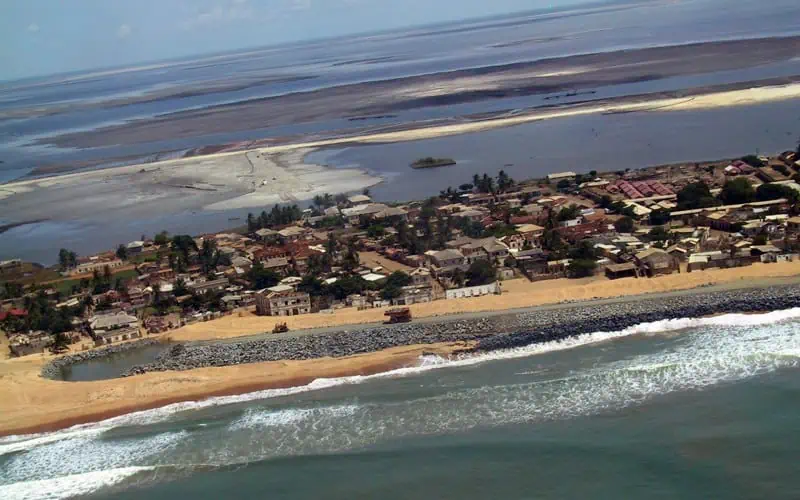A new scientific study has found excessively high levels of arsenic and mercury in fish from Ghana's Keta Lagoon, raising serious concerns about public health, particularly for children, who are most vulnerable to toxic exposure. The recent study by Peer-review, a scientific work by researchers and evaluated by other experts in the same field, has revealed startling levels of arsenic and mercury in the Keta Lagoon. The study, published in 'Scientific Reports,' recently examined twelve fish samples collected during the minor rainy season from various points in the lagoon. The results revealed an alarming 75 per cent of the samples containing arsenic levels above the World Health Organisation (WHO) safety threshold, while mercury levels exceeded WHO limits in all twelve samples. The Keta Lagoon, situated in southeastern Ghana, is a sandbar-separated coastal lagoon, whose "closed" nature makes it especially prone to the accumulation of pollutants.
Its ecosystem supports local communities, who depend heavily on fishing for food and livelihood, putting residents at significant risk of exposure to harmful contaminants. The researchers deployed rigorous laboratory procedures to ensure the accuracy of their analysis, including advanced techniques such as Inductively Coupled Plasma Mass Spectrometry and atomic absorption spectrometry methodology. The study's statistical analysis, according to Dr Richard Tsiwah Cobbinah, Department of Chemistry, Kwame Nkrumah University of Science and Technology (KNUST) and Lead investigator, showed significant differences in contamination levels among sampling sites, suggesting varied pollution sources across the lagoon, with correlation data also pointing to industrial and agricultural runoff as likely contributors. "The health risk assessments painted a grim picture.
According to the study with adults, hazard index (HI) values were well above safe levels at 14.5, while for children, the HI soared to 44.1," he added. Cancer risk assessments confirmed that all metals except cadmium posed long-term cancer risks for children, with arsenic, mercury, and chromium being of highest concern.
Non-carcinogenic risk was also elevated, particularly for children, whose target hazard quotient (THQ) values were far beyond the acceptable limit. The findings underscore the urgent need for environmental regulation, pollution control, and community education.

